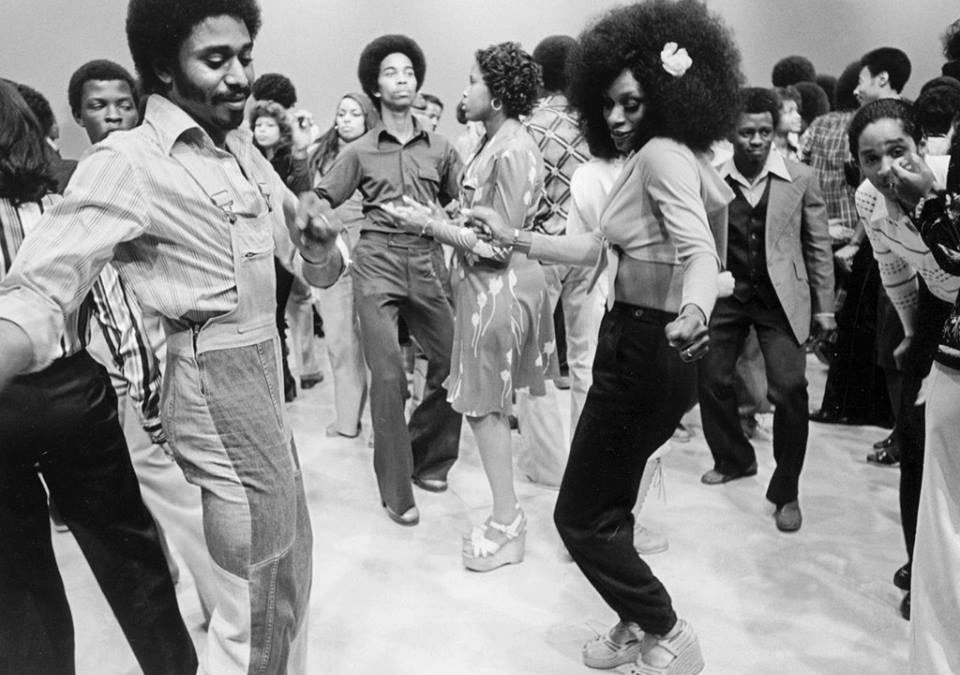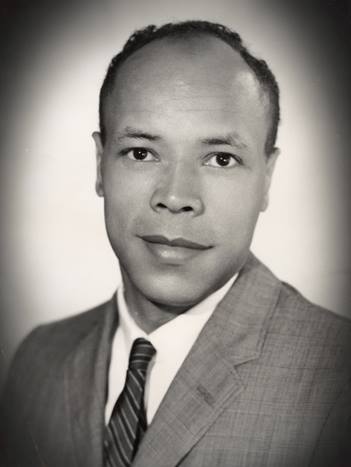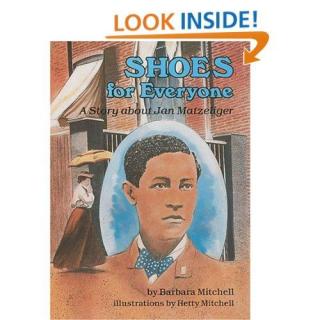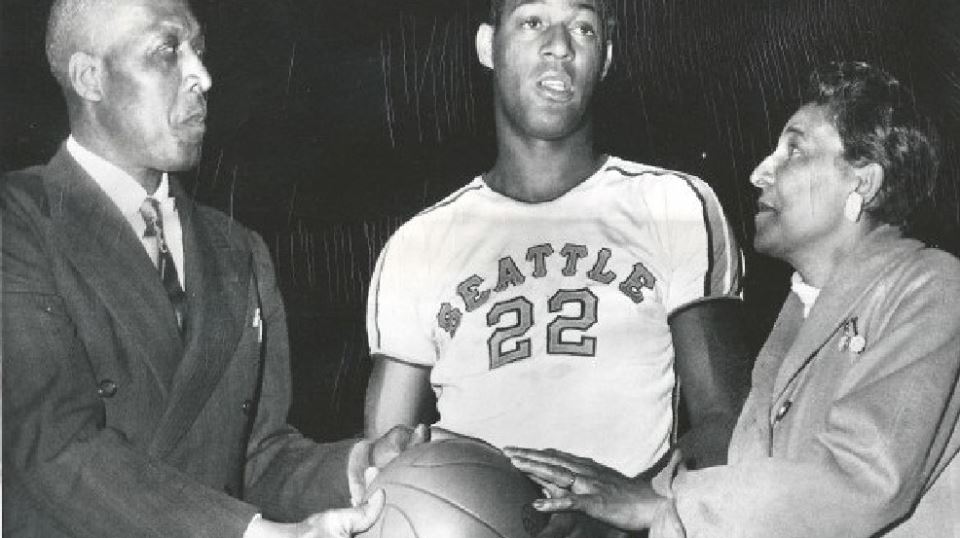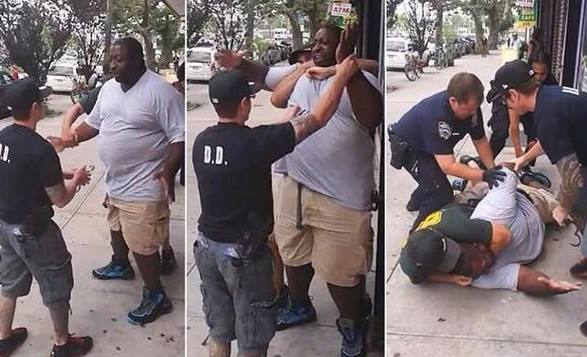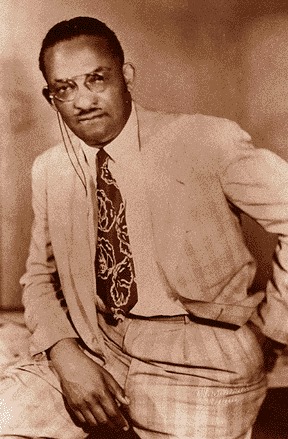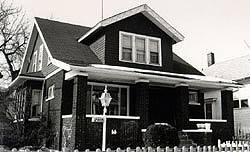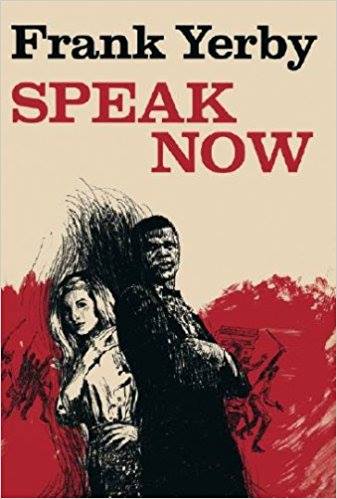GM – FBF – On this day a story happened in our History that many people don’t know about not that you missed it but the story was never shared with you. If I say the name Usain Bolt, Carl Lewis or Jesse Owens you can quickly give me the answer of the fastest man in the world for Olympic sprinters.
If I told you there was a black man before all of them would you know his name? I ask you that question because it was asked of me when I participated as one of the public address announcers for woman’s softball in the 1996 Summer Games in Atlanta, GA. as I was being interviewed by a Chinese reporter and he knew the answer while I had to think and came up with Marquette sprinter Ralph Metcalfe which I knew the story from going to school in Wisconsin but the “Midnight Express”, would go unsung in sports as four years later Adolph Hitler would help make Jesse Owens a worldwide name but even Jesse would find himself racing horses just to feed his family. Learn and remember this great American athlete. Enjoy!
Today in our History – September 29, 1908 – Erward “Eddie” Tolan was born, He was the first non-Euro-American to receive the title of the “world’s fastest human” after winning gold medals in the 100 and 200 meters events at the 1932 Summer Olympics in Los Angeles. He passed in 1967 at age 59.
Modern Sprinting, as epitomized by Olympic champion Usain Bolt, is a radically different proposition from what it was in the early 20th century. Then, it was raw talent rather than technique that made champions, whereas today natural ability is augmented with science, biology, nutrition, psychology and vastly improved equipment, all designed to shave every possible microsecond off a sprinters time. While this has led to the excitement of more world records, it has also quashed the individualism that once characterized some of the sports early craftsmen.
The 1932 double Olympic champion, African American Eddie Tolan, was a case in point. Born in Denver in 1908, he started off as a football player, until a knee-ligament injury ended his hopes and left him with a limp. After this he took up sprinting, eventually securing a scholarship to the University of Michigan, which had produced Olympic sprint, champions Archie Hahn and Ralph Craig? But these were the days of American segregation, and so Tolan was one of only two black athletes on campus. Nevertheless, he rose above the harsh discriminations of the time and qualified for the 1932 Olympic Games, held in Los Angeles.
Tolan cut a figure like no other sportsman of his era — he was just five-foot-four and 145 pounds, with center-parted short Afro hair, and round spectacles that he wore taped to the sides of his head while running. He had the look of a Baptist minister. He also liked to chew gum while he sprinted, in sync with each step, which he claimed relieved stress and improved his acceleration.
Going into the Olympic games, Tolan, otherwise known as the “Midnight Express”, (sprinters had stage names in those days), was ranked number two behind fellow African American sprinter Ralph Metcalfe, who had won both sprint distances in the Olympic trials. The pair were scheduled to line up against each other in the 100m and 200m sprint finals, in what would become the most talked about rivalry of the 1932 games.
On August 1, 1932, Tolan, a compact, powerful runner with lightning reflexes and a low center of gravity, pipped Metcalfe at the post in the 100m, taking the title in 10.3 seconds, equaling the world record. There was a nothing to separate both athletes at the line, and Metcalfe’s time was also given at 10.3. Metcalfe felt aggrieved, and maintained to his dying breath that the race should have been a dead heat.
But even Metcalfe had to concede two days later, when Tolan beat him in the 200, in a new world record of 21.2 seconds. Metcalfe was magnanimous in defeat, although he claimed that he had inadvertently dug his starting blocks into the wrong place on the track, giving Tolan an advantage of some four-feet.
Although Tolan became the only American track athlete in history to win two gold medals at the Olympic Games, he was never able to exploit his success financially. Back home in Michigan he was supported by his mother. In desperation he finally accepted a job touring the Vaudeville circuit, telling stories about his Olympic career along with the Great Bill “Bojangles” Robinson. The pay was supposed to be $1,500 a week, but the money never came, as the show closed after a few weeks. He also was hired as a high school teacher and track coach in Detroit City Schools but only lasted one school year and was let go After that he drifted through a series of mundane jobs. In 1967 he died of a heart attack at the age of 57. During my research on writing this story I found this article: in the newspaper THE OAKLAHOMAN out of Oklahoma City, OK it reads: The sign is gone.
There used to be a sign on the Southside of Reno near Blackwelder that said “Tolan Park.” The land is still there, with beautiful old trees and neatly mowed grass. It looks like it could be a park. And, once it was. In 1934, the city park board recognized the need for a new park for black residents in Ward 3. A location was chosen, and a naming contest was held. Neighborhood residents voted to name the park for Eddie Tolan. The story from The Oklahoman read: “Eddie Tolan, Negro Olympic champion sprinter of the University of Michigan has been honored by his racial brothers in Oklahoma City. “The new Negro park at West Reno and South Blackwelder avenues Wednesday was officially named the “Eddie Tolan Park” on vote of the city park board. “As the result of a name contest conducted by Negroes in the section, the park board voted favorably on the group’s recommendation.”
Eddie Tolan was a black athlete who in 1932 won two gold medals
for sprinting at the 1932 Olympics held in Los Angeles. According to his
biography at the African American Registry online, Tolan won 300 races in his
track career and lost only seven (one to Oklahoma A&M’s Peyton Glass). He
set a world record in the 100-meter of 10.3 seconds. Tolan became a
schoolteacher and died in 1967 in Detroit, Mich. Tolan Park had a sorry sort of
beginning. The Oklahoman on Dec. 29, 1935, gave this description: “’Tolan park,
which at present consists mainly of an old river channel and the vestige of the
city junk heap, may yet develop into a recreational center,’ Donald Gordon,
city park superintendent, indicated Saturday.
(I have a picture of the park and Eddie Tolan knew nothing of it)
Over the course of his short sprinting career Eddie Tolan won 300 races, and lost only seven — in the process paving the way for a long line of high-achieving black sprinters, the next of whom would be the great Jesse Owens. But despite his incredible achievements he remains largely unknown within black history and sporting circles, and sprinting is all the poorer without his unique brand of funky running. Research more about this great American black athletes and share with your babies. Make it a champion day!

